[Hofu City, Yamaguchi Prefecture] About 1 hour from Hakata/Hiroshima Station! 4 Hofu sightseeing spots with 2,000 years of history
![[Hofu City, Yamaguchi Prefecture] About 1 hour from Hakata/Hiroshima Station! 4 Hofu sightseeing spots with 2,000 years of history](https://resources.matcha-jp.com/resize/720x2000/2023/11/24-153714.webp)
We will introduce four famous spots that represent Hofu City, a city located on the Seto Inland Sea side of central Yamaguchi Prefecture that is full of nature, history, and culture!
Hofu City, located on the Seto Inland Sea in central Yamaguchi Prefecture, is surrounded by the sea and mountains, allowing you to enjoy nature close to the city. In addition, it is a city rich in history and culture that flourished around the capital of Suo Province in ancient times and developed as a transportation hub. It is also in a great location, being accessible from Hakata Station in Fukuoka Prefecture and Hiroshima Station in Hiroshima Prefecture in about an hour using the Shinkansen and conventional lines.
![[Hofu City, Yamaguchi Prefecture] About 1 hour from Hakata/Hiroshima Station! 4 Hofu sightseeing spots with 2,000 years of history](https://resources.matcha-jp.com/resize/720x2000/2023/11/24-153673.webp)
① Founded in 904 AD, Japan's first Tenmangu shrine "Hofu Tenmangu Shrine"
![[Hofu City, Yamaguchi Prefecture] About 1 hour from Hakata/Hiroshima Station! 4 Hofu sightseeing spots with 2,000 years of history](https://resources.matcha-jp.com/resize/720x2000/2023/11/19-152955.webp)
The first place we will introduce is Hofu Tenmangu Shrine. Founded in 904 during the Heian period, this shrine is dedicated to Michizane Sugawara, known as the "god of learning," and is deeply worshiped by the people. It is one of Japan's three Tenjin shrines, along with Kitano Tenmangu Shrine (Kyoto) and Dazaifu Tenmangu Shrine (Fukuoka), and various events are held throughout the year, including the best time to see the fragrant plum blossoms in full bloom within the shrine grounds, and a steady stream of worshipers visit.
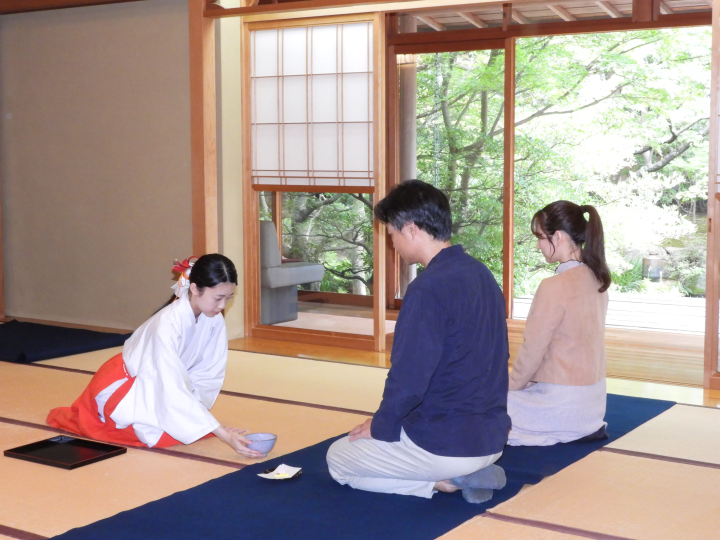
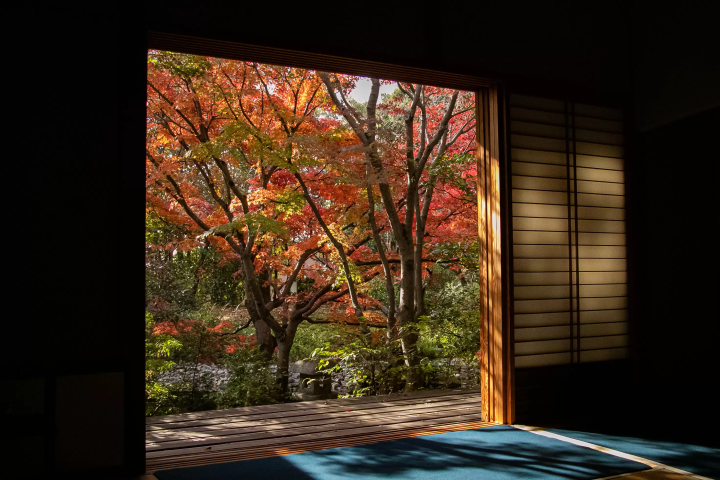
Michizane Sugawara, who is enshrined at Hofu Tenmangu Shrine, is said to have conducted research on tea and spread the custom of drinking tea throughout the world. In order to convey Michizane's deep relationship with tea to future generations, the ``Tea House Hoshoan'' was built under the design of Hiroshi Oe, a leading Japanese architect. Along with the changing seasons of the garden, Enjoy the matcha experience. (Matcha experience is 500 yen. Garden tour is free)
![[Hofu City, Yamaguchi Prefecture] About 1 hour from Hakata/Hiroshima Station! 4 Hofu sightseeing spots with 2,000 years of history](https://resources.matcha-jp.com/resize/720x2000/2023/11/24-153716.webp)
Hofu Tenmangu Shrine also holds the most important festival, the Gojinko Festival (Nudebo Festival), which is the source of reverence, on the fourth Saturday of November every year, and is crowded with many worshipers. In 2023, it was held on November 25th.
Hotels near Hofu Tenmangu Shrine
② Important Cultural Property “Former Mouri Family Main Residence (Mouri Museum)” and Japanese Garden designated as a National Place of Scenic Beauty “Mouri Family Garden”

![[Hofu City, Yamaguchi Prefecture] About 1 hour from Hakata/Hiroshima Station! 4 Hofu sightseeing spots with 2,000 years of history](https://resources.matcha-jp.com/resize/720x2000/2023/11/19-152982.webp)
The former main residence of the Mori family is a Japanese-style residence built in 1916 after the Meiji Restoration by the Mori family, former lords of the Choshu domain. The scale and exquisite decoration of the building, which resembles that of a feudal lord's mansion from the Edo period, has received high praise as a collection of the best of modern Japanese architecture, and in 2011 it was designated as a national important cultural property.
Currently, a portion of the former Mori family main residence is open to the public as the Mori Museum, where a total of approximately 20,000 items, including 4 items and 8 national treasures passed down to the Mori family, are preserved.
![[Hofu City, Yamaguchi Prefecture] About 1 hour from Hakata/Hiroshima Station! 4 Hofu sightseeing spots with 2,000 years of history](https://resources.matcha-jp.com/resize/720x2000/2023/11/19-152981.webp)
The Mori Family Garden is a vast, undulating garden with hills, waterfalls, and ponds that include the former main residence of the Mori family. You can enjoy the scenery of each season, such as cherry blossoms, azaleas, and autumn leaves. With the Hofu city area and the Seto Inland Sea as its backdrop, modern vitality has been introduced throughout, and it was designated as a national scenic spot in 1996.
![[Hofu City, Yamaguchi Prefecture] About 1 hour from Hakata/Hiroshima Station! 4 Hofu sightseeing spots with 2,000 years of history](https://resources.matcha-jp.com/resize/720x2000/2023/11/19-152978.webp)
When you enter through the front gate, you can enjoy the vivid autumn leaves along the road to the main residence, and enjoy the corridor of autumn leaves. (Around mid-November to late November)
Address: 1-15-1 Tatara, Hofu City
Hotels near Former Mouri family main residence (Mouri Museum)
Phone number: 0835-22-0001
Hotels near Mori family garden
③ Suo Kokubunji, founded in 741 A.D., where you can see about 100 Buddhist statues in the main hall and other areas
![[Hofu City, Yamaguchi Prefecture] About 1 hour from Hakata/Hiroshima Station! 4 Hofu sightseeing spots with 2,000 years of history](https://resources.matcha-jp.com/resize/720x2000/2023/11/19-152962.webp)
![[Hofu City, Yamaguchi Prefecture] About 1 hour from Hakata/Hiroshima Station! 4 Hofu sightseeing spots with 2,000 years of history](https://resources.matcha-jp.com/resize/720x2000/2023/11/24-153717.webp)
Suo Kokubunji is one of the Kokubunji temples built by Emperor Shomu in 741, and boasts a history of approximately 1,200 years under the protection of the Ouchi clan and Mori clan, who ruled Hofu. It is extremely rare that the main hall is the only one in the country that stands in the same location as the original precincts, and has been designated as a national historic site. The main hall, which is also a nationally important cultural property, is home to nearly 100 Buddhist statues, paintings, documents, and many other treasures that will captivate your heart with its impressive power.
![[Hofu City, Yamaguchi Prefecture] About 1 hour from Hakata/Hiroshima Station! 4 Hofu sightseeing spots with 2,000 years of history](https://resources.matcha-jp.com/resize/720x2000/2023/11/19-152966.webp)
Best time to see crape myrtles (July to October)
The pink and white crape myrtles planted within the temple grounds are in full bloom, covering Suo Kokubunji in vivid colors.
Hotels near Suo Kokubunji Temple
④A temple with 4,000 hydrangeas that soothes the soul, “Todaiji Betsuin Amidaji”
![[Hofu City, Yamaguchi Prefecture] About 1 hour from Hakata/Hiroshima Station! 4 Hofu sightseeing spots with 2,000 years of history](https://resources.matcha-jp.com/resize/720x2000/2023/11/19-152963.webp)
![[Hofu City, Yamaguchi Prefecture] About 1 hour from Hakata/Hiroshima Station! 4 Hofu sightseeing spots with 2,000 years of history](https://resources.matcha-jp.com/resize/720x2000/2023/11/19-152965.webp)
``Todaiji Betsuin Amidaji'' is a temple that was rebuilt in 1187 by ``Chougen Shonin'', who was active in rebuilding Nara's Todaiji Temple, which was burnt down in 1180 during the Genpei War. The treasure hall houses important cultural properties and works of art, such as the national treasure "Tetsuhoto." In addition, statues of Nio, which are designated as important cultural properties, stand on both sides of the Sanmon gate. Approximately 4,000 hydrangeas of 80 different species are planted on the grounds, and the best time to see them is in June. It is famous as the ``Hydrangea Temple of the West,'' and the autumn leaves are also very picturesque.
Entrance fee (June 1st to 30th only): 200 yen for adults (free for junior high school students and younger)
Access information to Hofu
Access information from major cities in Japan to Hofu is as follows.
From Fukuoka Prefecture/Hakata
【Hakata Station】
Sanyo Shinkansen Nozomi approx. 35 minutes
↓
[Shin-Yamaguchi Station]
Sanyo Main Line approximately 15 minutes
↓
[Hofu Station]
From Hiroshima Prefecture/Hiroshima
[Hiroshima Station]
Sanyo Shinkansen Nozomi approx. 35 minutes
↓
[Shin-Yamaguchi Station]
Sanyo Main Line approximately 15 minutes
↓
[Hofu Station]
from Tokyo
【Tokyo Station】
Tokaido/Sanyo Shinkansen Nozomi approximately 4 hours 30 minutes
↓
[Shin-Yamaguchi Station]
Sanyo Main Line approximately 15 minutes
↓
[Hofu Station]
Or [Haneda Airport]
Airplane approximately 1 hour 30 minutes
↓
[Yamaguchi Ube Airport]
Limousine bus approximately 30 minutes
↓
[Shin-Yamaguchi Station]
Sanyo Main Line approximately 15 minutes
↓
[Hofu Station]
From Osaka
[Shin-Osaka Station]
Tokaido/Sanyo Shinkansen Nozomi approximately 2 hours
↓
[Shin-Yamaguchi Station]
Sanyo Main Line approximately 15 minutes
↓
[Hofu Station]
Hofu City is located in the central part of Yamaguchi Prefecture, on the Seto Inland Sea side, and is surrounded by the sea and mountains, allowing you to enjoy nature close to the town. In the summer, there is a gentle breeze blowing from the venue, and in the winter, we are blessed with a mild climate unique to the Seto Inland Sea. It is a city rich in history and culture that flourished around the capital of Suo Province in ancient times and developed as a transportation hub.
The contents on this page may partially contain automatic translation.



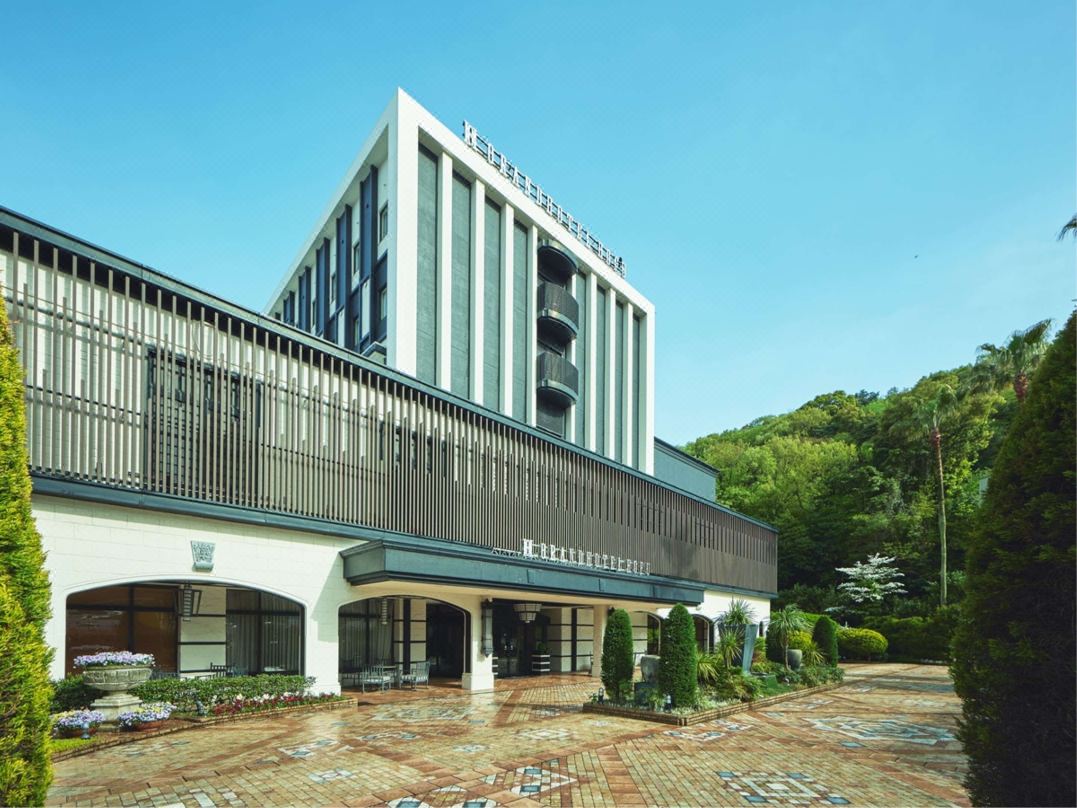

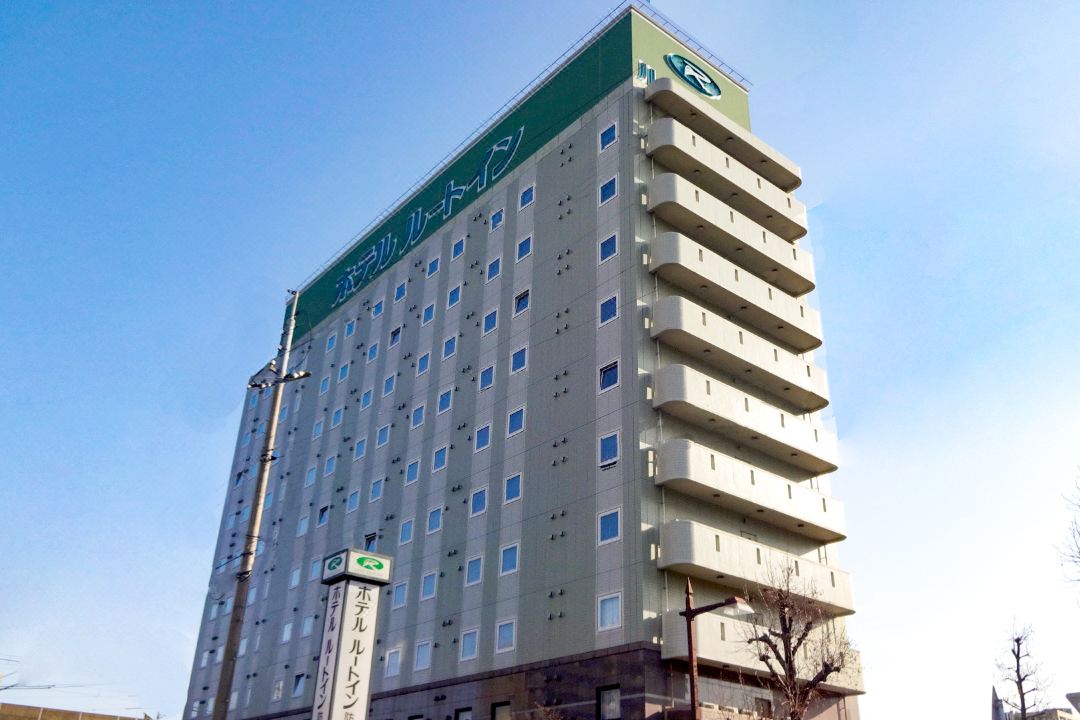
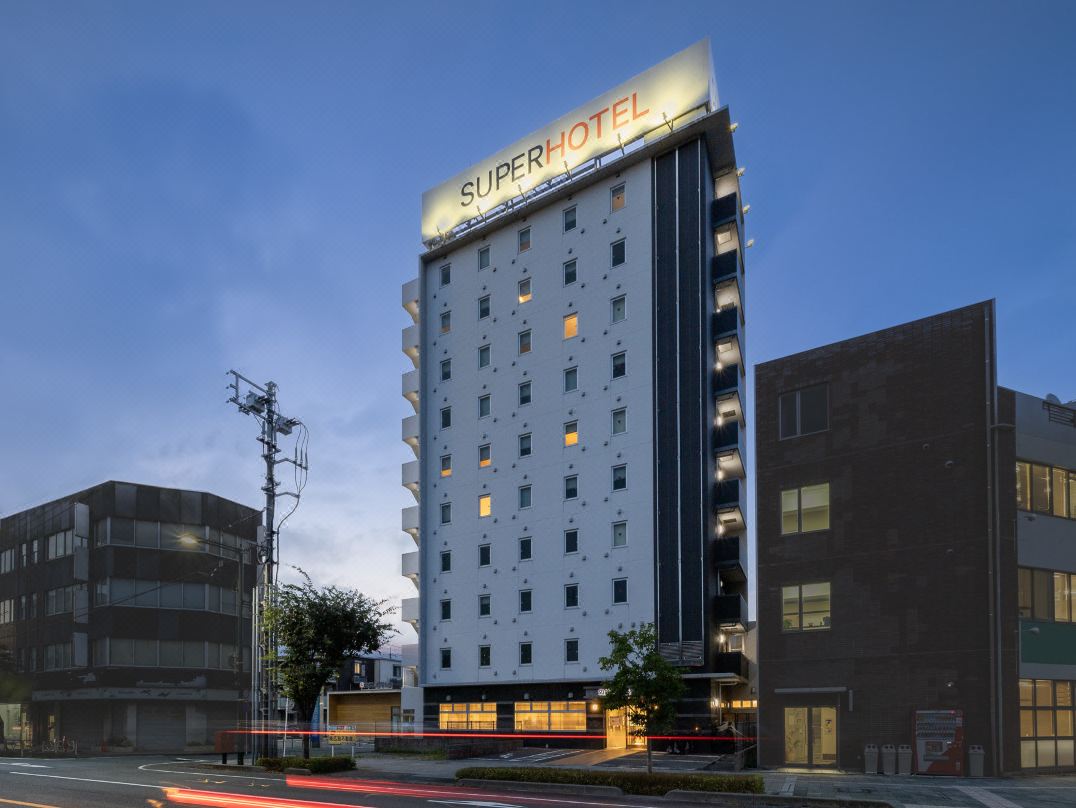

































![[2026] Top 5 Strawberry Picking Spots in Tokushima, Naruto| Farms and Access Guide for January to May](https://resources.matcha-jp.com/resize/720x2000/2025/03/06-227165.webp)
![[Yamanashi/ Hokuto City] 4 Hot New Spots Opening in 2026](https://resources.matcha-jp.com/resize/720x2000/2025/12/12-252747.webp)


